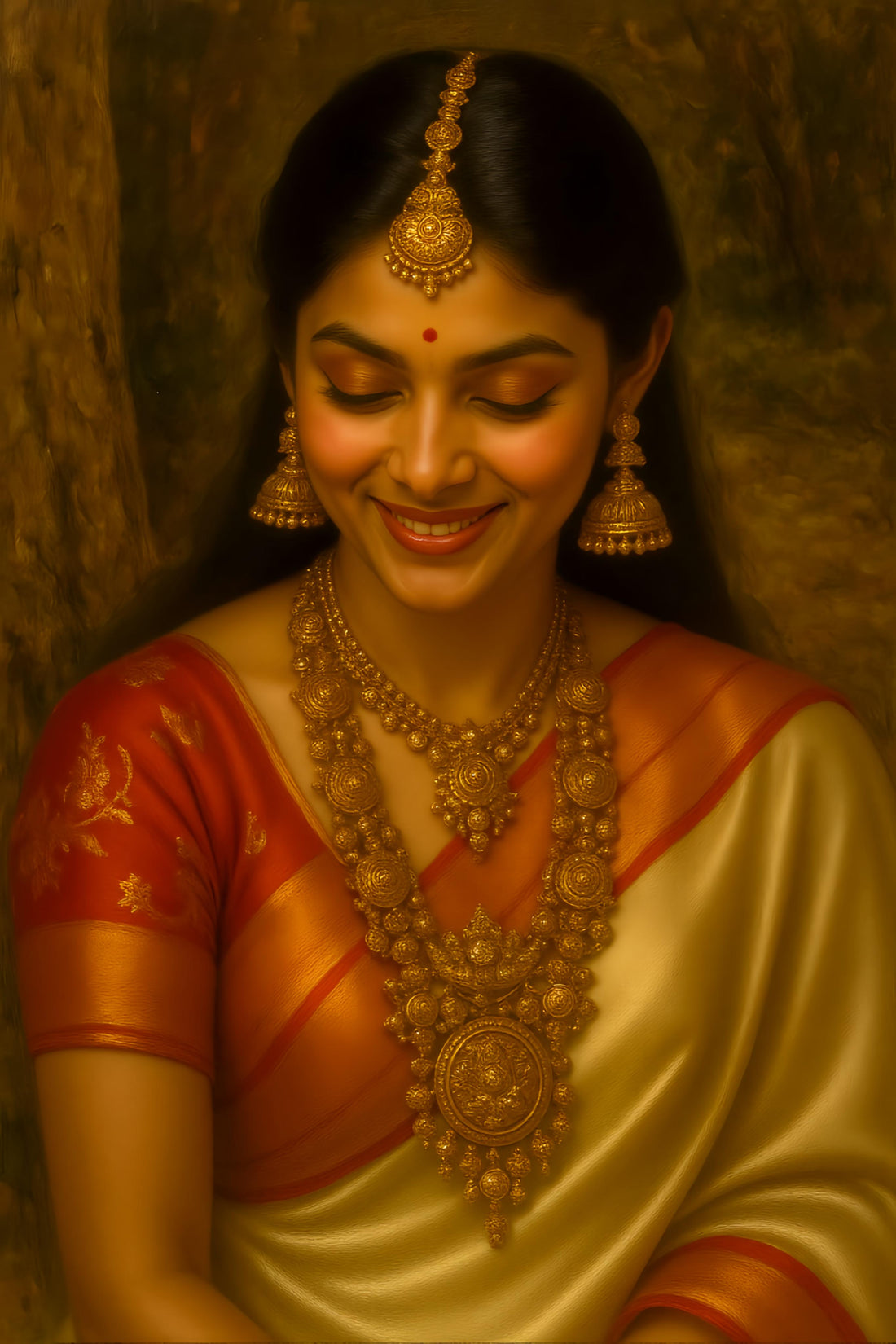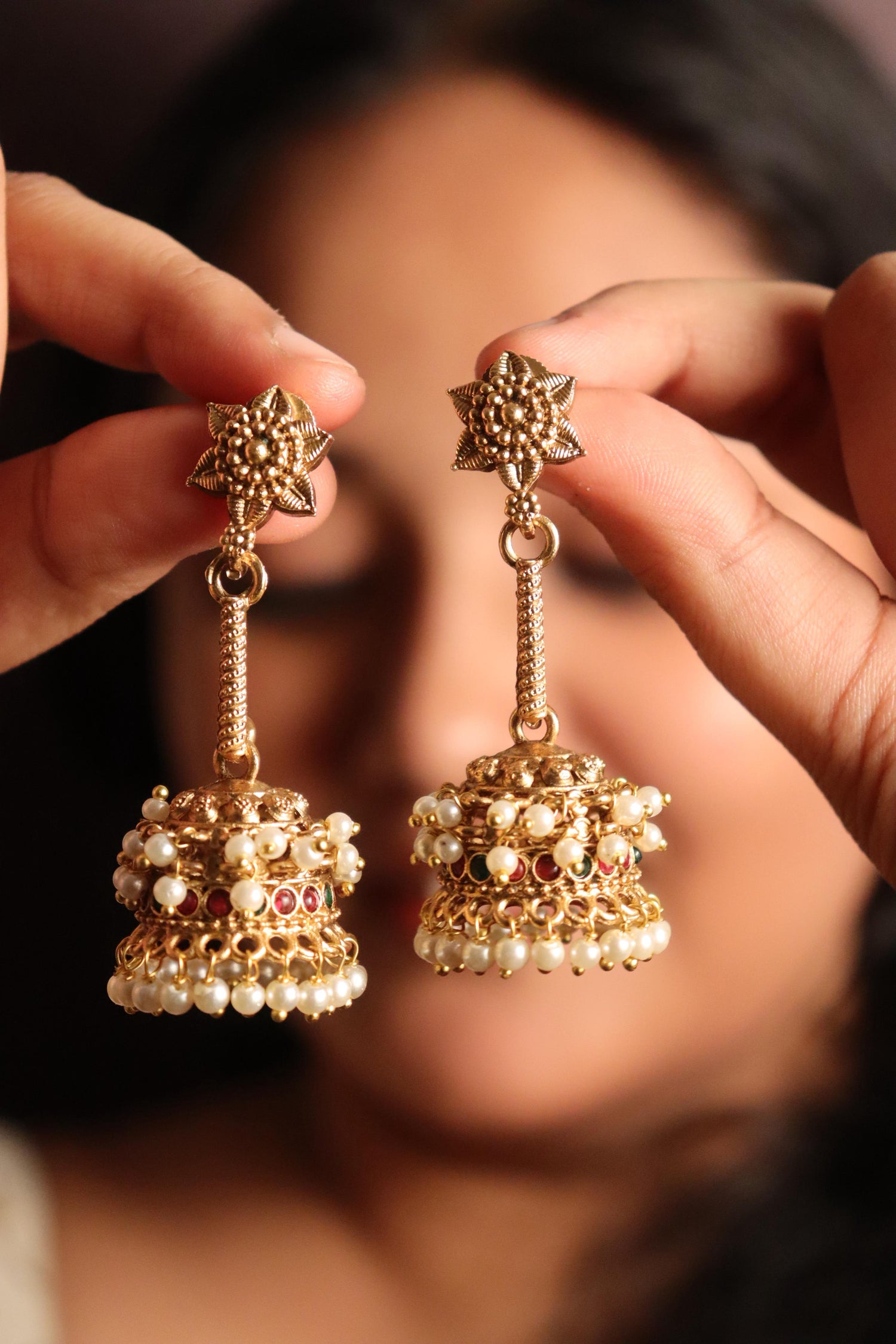
Why Jewellery Was Once Considered a Form of Medicine?
Share
When we think of jewelry today, we think of style, beauty, culture.
But centuries ago, jewelry wasn’t just decorative — it was functional, even healing.
Across ancient India, people wore ornaments not just to look adorned, but to feel balanced — physically, emotionally, spiritually. From Ayurveda to temple traditions, jewelry had a deeper purpose.
At Viyara, this forgotten wisdom inspires how we curate our collections.
Because the truth is: the jewelry our ancestors wore didn’t just sparkle — it healed.
🧿 Gold: The Metal of Purity and Protection
Gold has always held a sacred place in Indian households — but beyond its beauty, ancient texts believed that gold had therapeutic powers. It was thought to:
• Strengthen the heart
• Enhance immunity
• Promote warmth and vitality
That’s why pieces like gold mangalsutras, toe rings, or armlets weren’t just symbols of status or marriage — they were believed to bring balance to the body’s internal energy.
In temple jewelry, gold was also considered an offering — worn close to the skin, it carried both divine and physical benefits.
🌙 Silver: The Cool Healer
Where gold represents the sun, silver represents the moon — calm, cooling, and stabilizing.
In Ayurveda, silver is believed to:
• Regulate pitta dosha (heat in the body)
• Calm the nervous system
• Improve hormonal balance
This is why silver is often used in anklets, toe rings, and nose pins — placed on pulse points or energy meridians to naturally balance energy.
Even today, many people still feel a sense of grounding and calm when wearing real silver jewelry.
✨ Copper & Bronze: Detox and Energy Flow
Copper was used in early jewelry across tribal and rural India.
It was known to:
• Detoxify the blood
• Reduce inflammation
• Improve circulation
Bronze idols were often used in temples, and copper bracelets are still worn today by many seeking natural pain relief. These metals weren’t always just ornamental — they were chosen with purpose.
💫 Why Ornaments Were Worn on Specific Body Parts
Each traditional ornament had a reason:
• Maang Tikka: Worn at the Agya Chakra (third eye) to enhance intuition and focus.
• Nose Ring (Nath): Said to connect with the female reproductive system and ease menstrual symptoms.
• Toe Rings: Traditionally worn by married women on the second toe, believed to help regulate the uterus and keep it healthy.
• Kamarbandh (Waist Belt): Provided lower back support and believed to strengthen the core.
• Anklets: Worn not just for sound, but to absorb negative vibrations from the ground and improve circulation.
• Bangles: Circular motion on wrists stimulates blood flow and energy movement.
None of these were accidental. Jewelry was aligned with wellness.
🪔 The Lost Wisdom We're Reclaiming
At Viyara, we’re endlessly inspired by this ancient intelligence — where beauty and healing were not separate.
We may not wear jewelry for medical reasons today, but we believe in curating pieces that carry intention. When you wear something meaningful, rooted in tradition, your energy shifts — even if subtly.
A choker isn’t just style.
A ring isn’t just shine.
They are quiet rituals, passed down — ways our ancestors wore both grace and strength.
Wear what you resonate with.
Wear Viyara.

